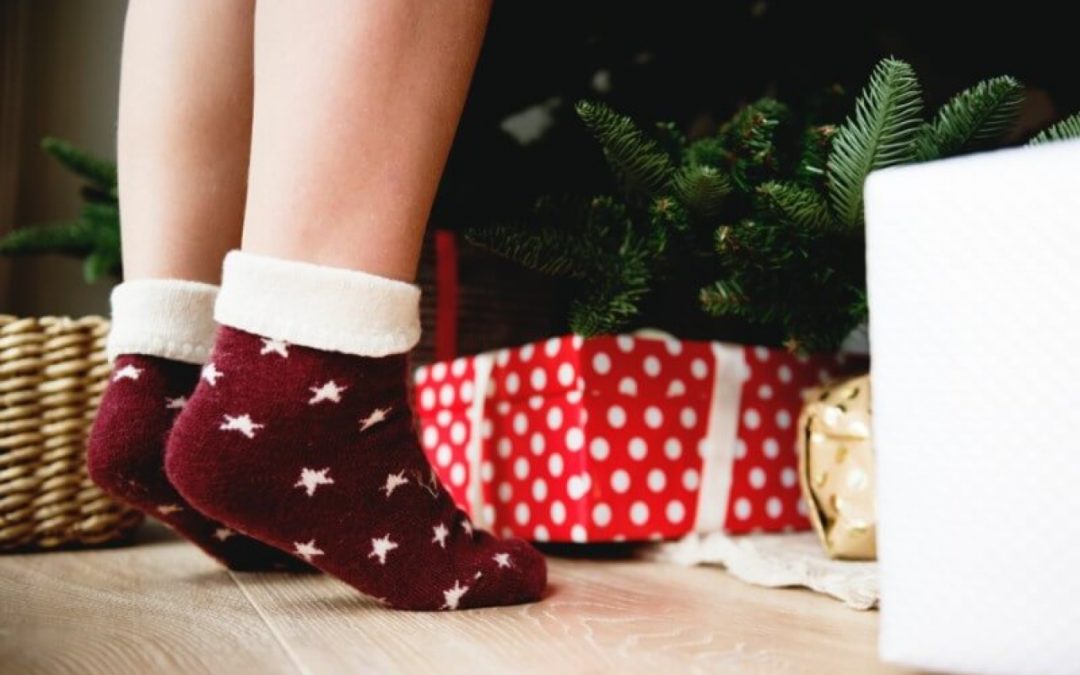As we head into the coldest months of the year, it’s time to think about keeping our feet warm and healthy. It’s well known that our feet play a huge part in our ability to regulate our body temperature, and while comfort is a good enough reason to keep your toes cosy, avoiding painful conditions, like chilblains, is another.
Winter Foot Health: What Are Chilblains?
Chilblains are red sores or lesions that occur, most commonly, on your extremities and are highly likely to affect your toes and feet. They are extremely itchy areas of skin that can become painfully swollen and blistered over time. The affected areas will turn a deep red colour and have a burning sensation, sensitive to the touch.
What Causes Chilblains?
Unlike the old wives’ tale of catching a common cold due to being cold, chilblains actually are caused by colder temperatures. Chilblains occur after your skin is exposed to very cold, but not freezing, air or prolonged periods of cold dampness.
As the exposed skin becomes cold, the blood vessels narrow and blood flow is reduced. As the skin temperature warms up again, the blood vessels swell and can leak fluid into the surrounding tissue in your toes and feet, causing redness and swelling, which forms chilblains.
Chilblains are a relatively common foot health issue, with 1 in 10 people in the UK suffering from them at some stage of life. The Primary Care Dermatology Society suggests that chilblains are most likely in young and middle-aged women and children, although they are also known to be common within the older community when mobility and circulation can be poor.
There can also be underlying reasons why you may be more at risk of developing chilblains, including:
- Circulatory issues such as Raynaud’s phenomenon
- Low body weight
- Smoking
- Living in a damp environment.
How to Treat Chilblains
Luckily, for most people, the symptoms of chilblains will alleviate over a one to three-week period and often don’t need professional treatment. Instead, here are some tips to soothe the pain at home:
- Don’t scratch the itch! You may break the skin and cause further pain from subsequent ulcers or blistering
- Keep your feet warm, but not hot. Overheating will increase the itching sensation and can cause further damage
- Lightly rub in some natural lotion, such as calamine or witch hazel, which will soothe the skin
- Wear loose-fitting, woollen or cotton socks to keep your feet warm and dry
- Gentle exercise will improve circulation and boost regular blood flow.
Of course, if the symptoms don’t improve by themselves, if the skin is broken, bleeding or blistered, or if you suffer from any underlying conditions, it is always recommended to seek professional medical advice.
How Can You Avoid Chilblains?
The clear answer is to keep your toes and feet warm and dry throughout the colder months, but good lifestyle choices such as a healthy diet full of fruit and vegetables and regular exercise will all boost circulation and lessen the chance of suffering from a range of foot health issues, not just chilblains.
Keeping your feet looking and feeling well is an important part of a healthy life, and having regular podiatry sessions is a great way to keep on top of your foot health. At Feet By Pody, we can quickly identify and treat any underlying issues that may interrupt your lifestyle this winter. Our friendly team across our London clinics are ready and waiting to meet you, so contact us, today!

